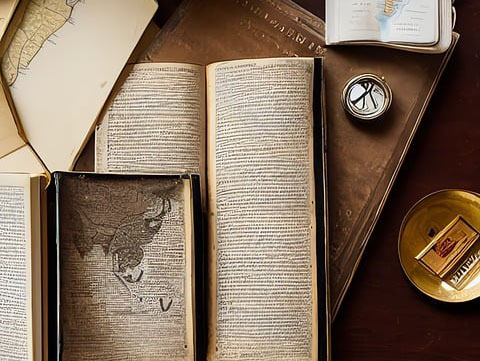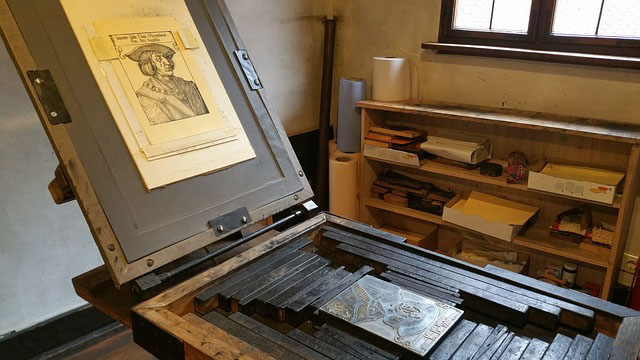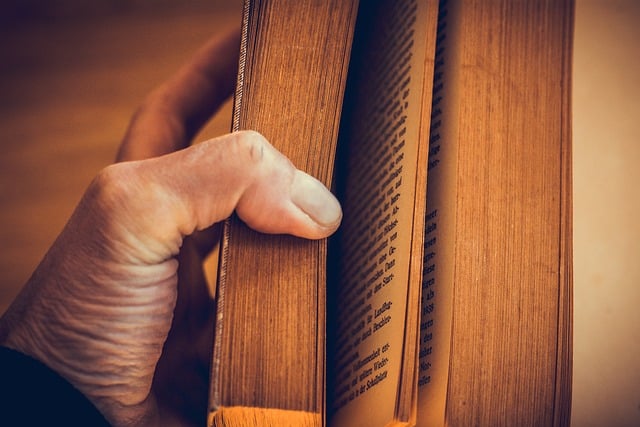1. Seller Reputation
• Check Ratings and Reviews: Look for sellers with consistently high ratings and positive feedback. Reliable sellers often provide accurate descriptions and respond promptly to inquiries.
• Professional Credentials: Some sellers are members of organizations like the Antiquarian Booksellers’ Association (ABA) or the International League of Antiquarian Booksellers (ILAB), which hold sellers to high ethical and professional standards.
2. Detailed Descriptions
• Edition and Printing Information: Look for precise details about the edition and printing, such as “First Edition” or “First Printing.” If the description is vague, ask the seller for clarification.
• Condition: Ensure the description covers key aspects like binding, dust jacket presence, page quality, and any defects (e.g., tears, stains, or markings).
• Unique Identifiers: Confirm details like the publisher, publication year, and ISBN (if applicable). Compare these with known bibliographic records to verify authenticity.
3. Photos
• High-Quality Images: Look for clear images of the book’s front cover, back cover, spine, title page, copyright page, and any unique features like inscriptions, illustrations, or publisher marks.
• Dust Jacket Details: If a dust jacket is included, its condition and authenticity significantly impact value.
• Inconsistencies: Check for mismatched elements, like a newer dust jacket on an older book, which could indicate tampering.
4. Provenance and Authenticity
• Signatures or Inscriptions: If the book is signed by the author, ensure the seller provides authentication or provenance details. Be cautious of forged signatures.
• Ownership History: Provenance adds value, especially for books once owned by notable individuals or with unique bookplates or inscriptions.
5. Pricing
• Compare Listings using usedbooksearch.net: Compsre prices in order to to gauge a book’s fair market value.
• Beware of Deals Too Good to Be True: Underpriced listings might signal a misrepresented or counterfeit item (make sure you do further investigation)
• Hidden Costs: Check shipping fees, especially for international orders, as they can be substantial for rare books.
6. Return Policy
• Clear Return Terms: Ensure the seller has a return policy, especially for misrepresented items.
• Refunds for Authenticity Issues: Look for guarantees regarding authenticity and the ability to return a book if it doesn’t meet expectations.
7. Communication
• Ask Questions: Reach out to the seller for additional details or photos if anything is unclear. A responsive seller is usually more trustworthy.
• Negotiate: Some sellers may be willing to negotiate prices, especially for higher-value items.
8. Common Red Flags
• Stock Photos: Listings with generic images instead of photos of the actual book are a major warning sign.
• Sparse Details: Vague or overly brief descriptions may indicate a lack of knowledge or an attempt to mislead buyers.
• New Sellers with No History: Avoid sellers without a track record, especially for high-value purchases.
9. Condition Specifics
• Foxing and Toning: Ask about the presence of discoloration or spots on pages. Minor foxing might be acceptable for older books, but extensive damage diminishes value.
• Rebinding or Repairs: While professional restoration can preserve a book, it may also affect its collectability. Clarify if any repairs were made and by whom.
• Odors: Older books may develop odors (like mildew), which can be a deal-breaker for some collectors (that musty charm has it’s limits!). Ask if the book has been stored in a smoke-free or climate-controlled environment.
10. Payment Security
• Use Secure Payment Methods: Pay via secure channels like PayPal, credit card, or the marketplace’s built-in system. Avoid direct bank transfers for unfamiliar sellers.
• Buyer Protection: Platforms like Alibris and Abebooks often offer buyer protection programs. Familiarize yourself with these policies before purchasing.


